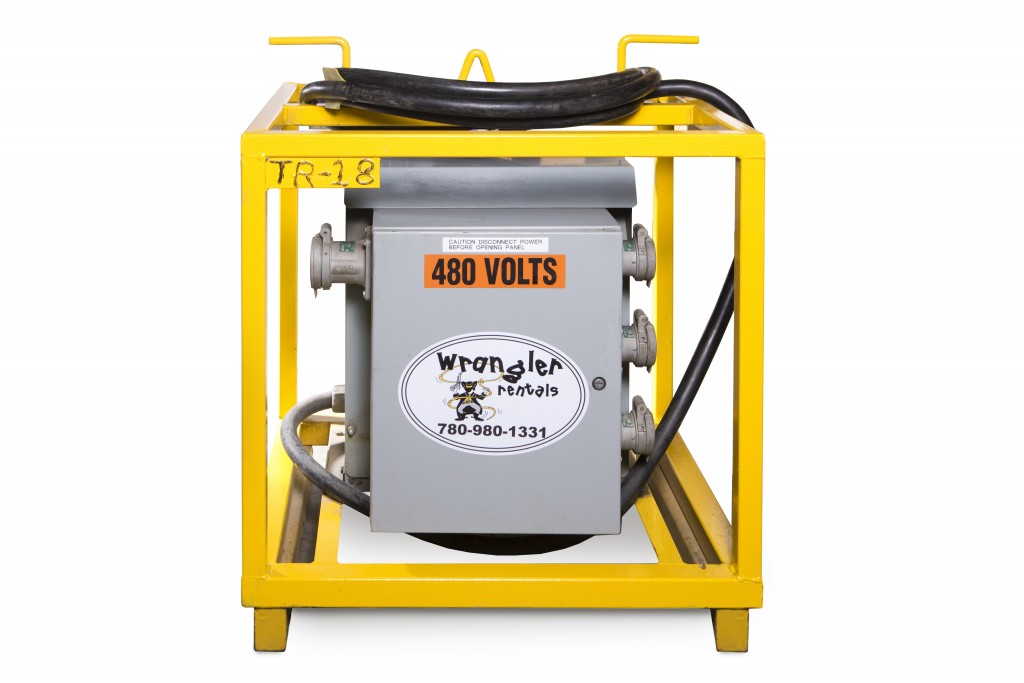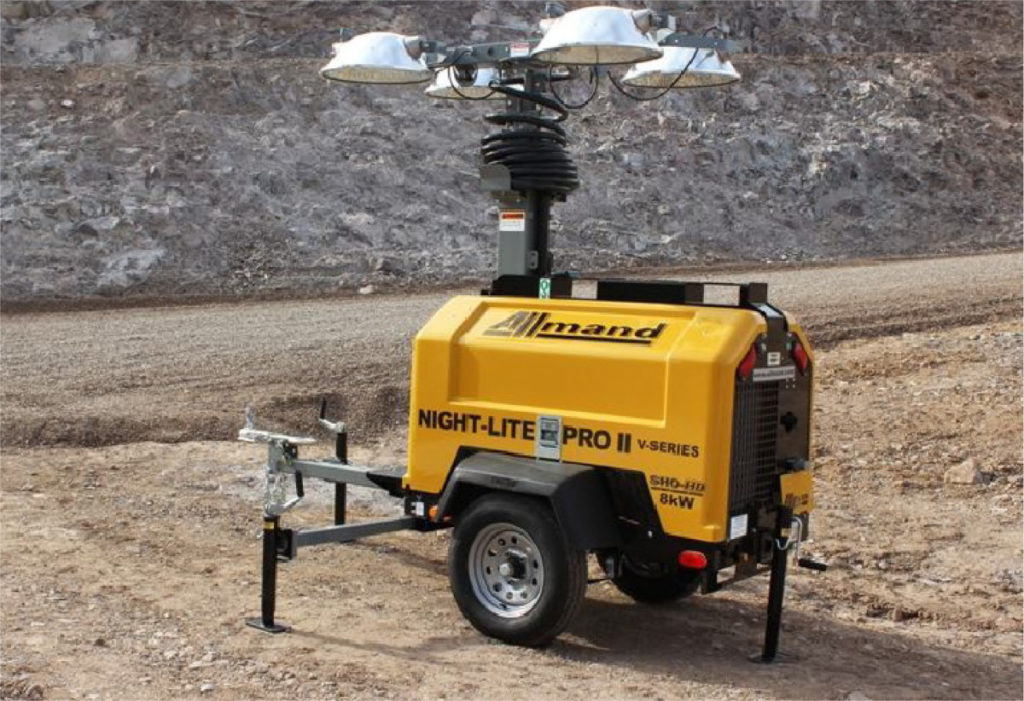Superior Rentals fusion machines: maintenance tips every crew should know
Wiki Article
All About Oil Field Equipment and Pipeline Equipment: Key Insights and Necessary Information
Oil field equipment and pipeline systems play a pivotal role in the oil and gas market. They are vital for the effective removal and transport of hydrocarbons. Trick elements, such as drilling rigs and storage space containers, straight impact operational success. On the other hand, developments in innovation assurance to improve security and effectiveness. Understanding these components is crucial for anybody associated with or thinking about this complex sector, as it establishes the stage for much deeper exploration of market methods.
Introduction of Oil Field Equipment
As the need for oil proceeds to expand, understanding the tools utilized in oil fields becomes increasingly important. Oil field equipment incorporates a vast range of machinery and tools important for expedition, removal, and handling. Secret elements consist of drilling rigs, which are vital for reaching oil reservoirs, and manufacturing equipment, such as separators and pumps, that assist in the removal process. Superior Oilfield Rentals. In addition, tank play a substantial duty in holding crude oil before transportation. Security equipment, consisting of blowout preventers and pressure gauges, guarantees operational safety and efficiency. Each tool features cohesively to maximize production and keep effective operations. Familiarity with this equipment is important for specialists in the industry to guarantee effective operations and adherence to safety criteriaKinds of Drilling Rigs and Their Applications
Drilling rigs work as the backbone of oil extraction operations, with different types developed for certain geological conditions and functional needs. One of the most common kinds include rotary boring rigs, which make use of a revolving drill bit to pass through the earth, and wire tool rigs, known for their percussion boring technique. For overseas procedures, jack-up rigs and semi-submersible rigs supply security and support in aquatic environments. In addition, directional boring rigs make it possible for drivers to pierce at angles, reaching deposits that are not up and down easily accessible. Each rig type has unique benefits, optimizing effectiveness and safety based upon the drilling environment. Choosing the proper gear is vital for maximizing resource removal while lessening ecological effect and operational prices.
Important Pipeline Equipment and Their Features
Pipeline framework is vital for the transportation of oil and gas from extraction sites to processing centers and end-users. Various essential tools parts promote this process. Pipelines themselves offer as the key channels, created to endure high pressure and destructive substances. Pump stations are critical for maintaining flow by improving stress along the pipeline. Shutoffs play a crucial duty in controlling flow and separating areas for upkeep. Additionally, installations and connectors guarantee protected joints between pipe sections. Keeping track of systems, consisting of flow meters and pressure sensing units, are vital for identifying leaks and enhancing circulation rates. Pigging devices is employed for maintenance and cleansing, protecting pipeline honesty and effectiveness. With each other, these elements create the backbone of a trusted pipeline system.Advancements and Technologies in Oil and Gas Equipment

Safety And Security and Upkeep Practices in the Oil Sector
While the oil market has actually made considerable strides in innovation and effectiveness, the relevance of robust security and upkeep practices can not be overemphasized. Efficient security methods are important to safeguard employees and the setting, lessening the threat of mishaps and spills. Routine inspections and upkeep of devices help identify prospective problems before they rise, guaranteeing operational integrity. Educating programs for workers are important, highlighting the significance of more info safety understanding and emergency situation response treatments. In addition, adherence to sector regulations and requirements fosters a society of safety. Executing advanced monitoring technologies can better enhance maintenance practices, enabling real-time assessments of equipment problems. Inevitably, prioritizing security and upkeep is essential to the sustainability and success of the oil industry.Regularly Asked Questions
What Are the Environmental Impacts of Oil Field Equipment?
The ecological effects of oil field equipment include habitat damage, water contamination, and air contamination (Superior Oilfield Rentals). In addition, devices breakdown can cause spills, detrimentally affecting wildlife and communities, highlighting the requirement for rigid regulations and monitoring
Just How Is Oil Field Equipment Delivered to Remote Locations?
Carrying oil field equipment to remote places commonly involves specific cars, helicopters, or barges. Logistics firms coordinate routes, guaranteeing devices shows up securely and effectively, thinking about surface and ease of access to lessen hold-ups and take full advantage of productivity.What Regulatory Criteria Govern Oil Field Equipment?
Governing criteria regulating oil field equipment mainly include safety and security, environmental management, and operational efficiency guidelines. Agencies such as OSHA and EPA apply these regulations to ensure secure methods and decrease ecological effect in oil removal operations.What Abilities Are Required to Run Oil Area Machinery?

Exactly How Do Oil Rates Impact Equipment Demand and Usage?
Oil rates considerably affect devices demand and usage. Higher prices generally bring about enhanced exploration and production activities, driving demand for equipment. Alternatively, lower prices may lead to reduced operations and lowered demand for equipment.Report this wiki page